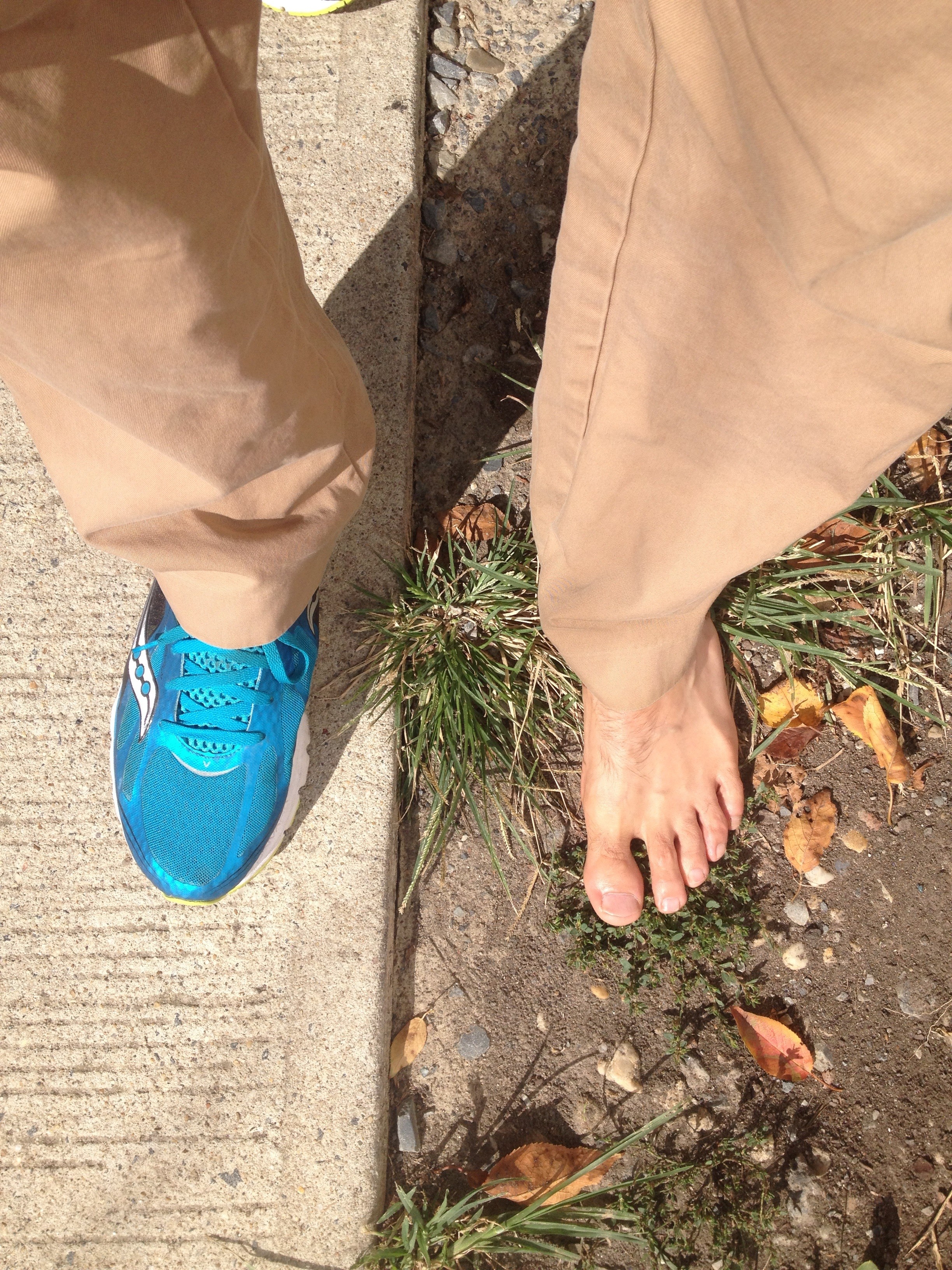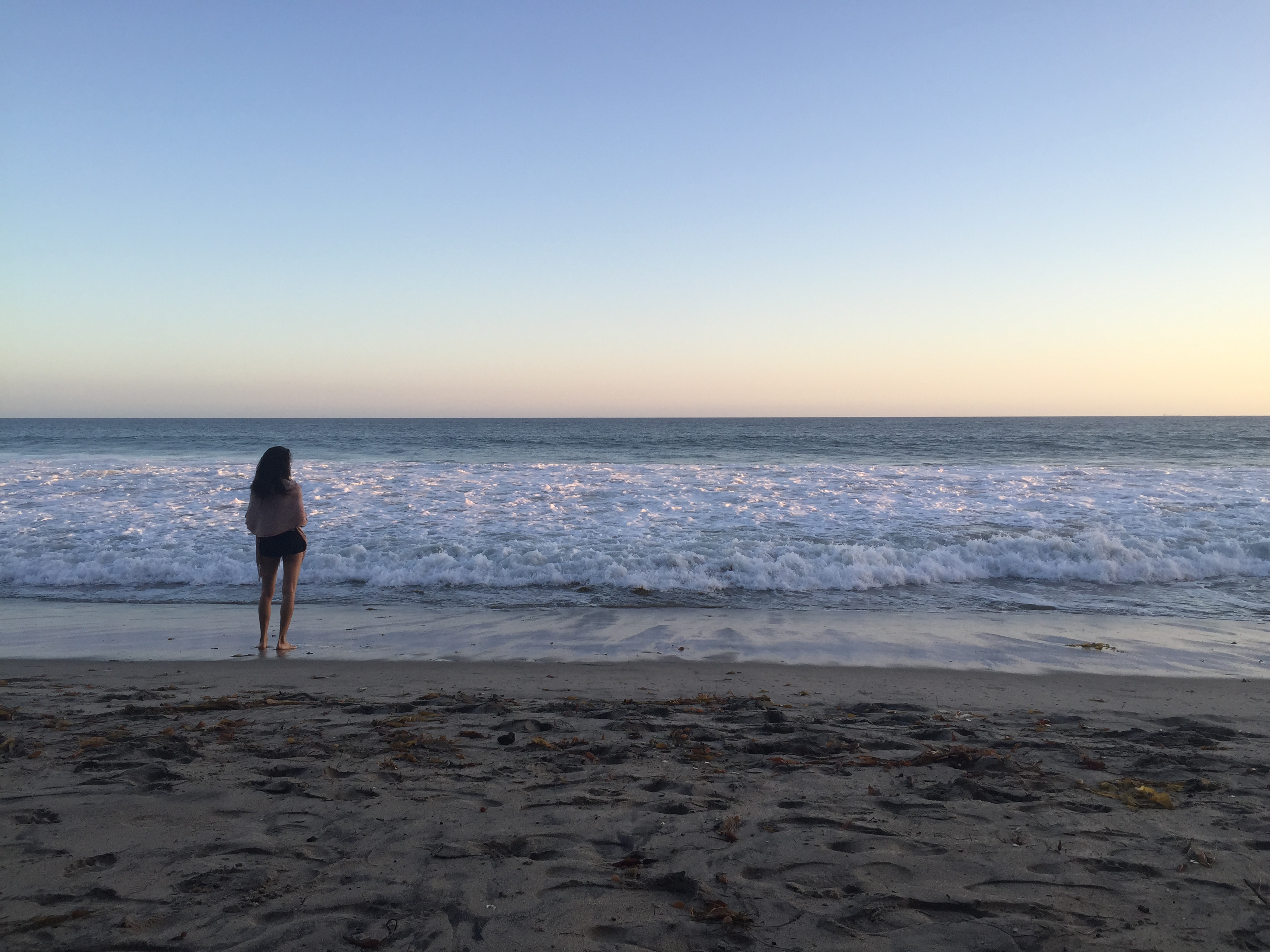In the busyness of modern life it is hard to find time to meditate. Taking even twenty minutes out of your schedule is sometimes impossible. We think of meditation as sitting still in a silent room. But there are many ways to meditate. Walking meditation allows you to multitask. You can get exercise, meditate, and exposure to sunlight and fresh air all at once. Let’s say you normally take the bus to work. Or perhaps you ride a bike or drive. Then you go the gym after work. You could choose to walk home from work instead of going to the gym. This gives you time to practice walking meditation. If walking home after work isn’t an option, you can walk on your lunch hour, or on a day off.
During walking meditation, listen to the sounds of the environment: birds chirping, sirens wailing, water running, whatever is happening at the moment. This requires not only taking your earbuds out but also refraining from talking. Focus on the sensations of the breath, witnessing the cycle of inhale and exhale. It’s just like when you are in a yoga class, sitting cross-legged on your mat with eyes closed. Except now your eyes are open and you are in motion. But the same principles apply of quieting the mind by being silent and focusing on the breath.
The earth stores energy and our feet serve as our most common connections to the earth. Therefore our feet also serve as conductors of energy from the earth. This energy from the earth energizes the body. You can feel this energy by immersing your feet in rich garden soil. Or the mud of a riverbank. But you can also experience it while walking by practicing texture walking. With texture walking, you focus your awareness on the texture of the surface you are walking on. In the city, most of the surface is concrete. But you can find patches of grass, gravel, or sand to walk across. Each of these surfaces offers different textures for your feet to experience. The best way to experience this is to go barefoot. But in the city (and in winter!) that’s not always a good idea, so shoes with minimal cushioning are best.
If you are lucky enough to be next to mother ocean, walking barefoot in the sand exercises the foot and leg muscles more than walking in shoes. Even in the most paved-over part of town there’s always a patch of grass that allows you a few steps on bare earth.
Good poses to practice before and after walking meditation include forward bends such as standing forward bend (Uttanasana), hip openers such as knee to chest (Apanasana), back bends such as Sphinx pose (Ardha Bujangasana), and twists like knee down twist (Jathara Parivartasana). You can even incorporate poses into your walk. If you have 30 or 45 seconds to wait at a stoplight, try Tree pose (Vriksasana) or Mountain pose (Tadasana). Or simply observe your breath, feel the ground beneath your feet and witness the moment we call now.
Meet, walk, and meditate with the author, Barrett, at Meridian Hill Park on Saturday, March 12 9:30-10am .



